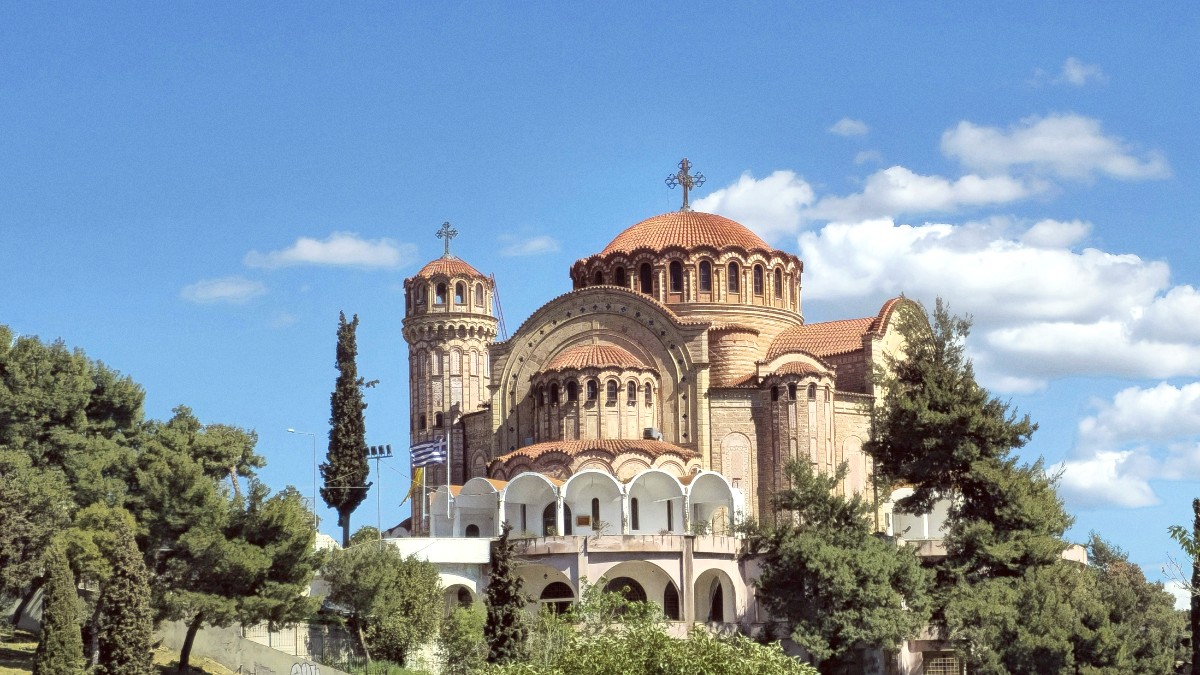
Northern Greece, Greece
Its location in Northern Greece places it strategically close to several Balkan countries. North Macedonia, Bulgaria, and Albania are all within a few hours' drive. This geographical position made Thessaloniki a crossroads for trade routes and cultures for centuries. It remains a transportation center for the wider region. The Thermaic Gulf presents a natural harbor, supporting a large port that connects Greece to the rest of the world. This maritime link persisted throughout its existence.
Visitors observe how the sea and surrounding lands influenced Thessaloniki. Its position explains much of its history and growth.
The city serves as a center for both land and sea travel.
Thessaloniki boasts a history spanning over 2,300 years. King Cassander of Macedon founded the city in 315 BC, naming it after his wife, Thessalonike. Its Macedonian roots run deep. It became a major urban center in the Hellenistic world. Its harbor linked to the Aegean Sea, and its land routes strengthened its standing.
Under Roman rule, Thessaloniki became the capital of the Roman province of Macedonia in 148 BC. The Romans built significant structures, including the Roman Agora and the Arch of Galerius. The city gained mention in the New Testament with Apostle Paul's visit. This Roman period solidified its regional power. The Byzantine Empire adopted Thessaloniki as its second city. Many Byzantine churches, now UNESCO World Heritage sites, date from this era. Saints Cyril and Methodius, from Thessaloniki, created the Cyrillic alphabet. This period shows its strong influence on wider European culture.
New architectural styles, mosques, bathhouses.
Large communities of Greeks, Turks, and Sephardic Jews.
Known as "Mother of Israel."
During Balkan Wars.
Reshaped its modern appearance, led to rebuilding.
Throughout its long existence, Thessaloniki served as a symbol of diverse cultures.
Founded in 315 BC by King Cassander, it carries the name of Alexander the Great's half-sister.
Second city of the Byzantine Empire, a spiritual and cultural center with UNESCO churches.
Thessaloniki today is a lively city, combining a rich heritage with a modern, youthful spirit. It functions as a major commercial, cultural, and educational hub for Northern Greece. Students constitute a significant portion of its population, leading to its energetic pace. Universities, cafes, and cultural events lead to a dynamic atmosphere. The city’s inhabitants value good food, social gatherings, and art.
A stroll through its streets shows this character. The waterfront promenade, Nea Paralia, buzzes with walkers, cyclists, and people enjoying coffee by the sea. Aristotelous Square, the city’s grand central plaza, hosts public events and presents a view of the Thermaic Gulf. Ladadika, a former merchant district, now thrives as a pedestrian zone filled with tavernas and bars. These areas show the city’s social life.
Thessaloniki is a reputation as Greece's culinary capital. Its food scene is diverse, blending traditional Greek recipes with influences from its Byzantine, Ottoman, and Sephardic past.
Art and culture flourish in Thessaloniki. The city hosts international film festivals, cultural events, and music performances. Museums tell the story of the region.
The people of Thessaloniki are known for their warmth and hospitality. They take pride in their city and share its stories. Visitors comment on the friendly greetings.
Experience Thessaloniki's pace by joining a coffee break. Locals spend time enjoying conversation.